Director and executive producer Shannon Murphy reveals how Bad Wolf drew inspiration from costumes and photos of the era to recreate the hedonistic world of Soho at the end of WWI
Dope Girls is set at the end of World War I, a fascinating point in history. With men returning home, the women who stepped into the jobs they left are reluctant to go back to their pre-war roles. Among those running Soho’s burgeoning nightlife and drug scene, the sense of rebellion is electric.
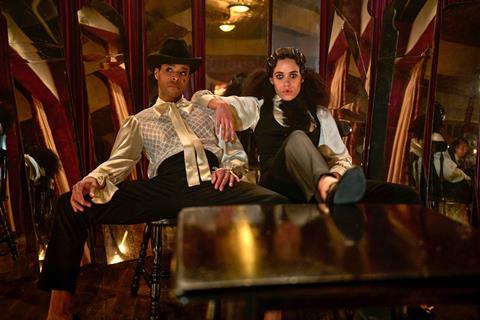
The pilot opens with our lead Kate (Julianne Nicholson), wearing battered angel wings, emerging from the fountain in Trafalgar Square. The image that writers Polly Stenham and Alex Warren have given us there is so strong – a fallen, broken angel, surrounded by four hungry lions. We wanted to juxtapose these ideas of social conformity and female perfection with foreshadowing her as an anarchic figure, taking what she wants from the mouth of the lion.
Our approach to creating the look of the show was to ask: if we dropped cameras into this period, what would it look and feel like? What was the energy? I have never been concerned with creating a historically accurate representation of the time – for example, the kind of tights we use didn’t arrive on the market until a couple of years after this was set, but we still have them because they contribute to the visual feel I wanted.
“The women we’re showing are at the forefront of this incredible post-war moment of celebration, change and loss”
Similarly, the music from that era is quite limiting – I wanted to pay homage to it, but also have the freedom to choose a soundtrack that represents these characters.
We often, wrongly, think of people who lived 100 years ago as very different from us, so I didn’t want the audience to feel removed from their behaviour and motivations. The women we’re showing are at the forefront of this incredible post-war moment of celebration, change and loss, which pushes many people into carefree, reckless behaviour.
An age of inspiration
We have taken a lot of inspiration from amazing black-and-white photos from the time, both in London and Paris. I wanted to avoid clichés – I desperately didn’t want it to look like Oliver! (so no one smeared with coal or saying “’Ello, guv’nor”). Instead, I looked for elements of that era I hadn’t previously seen. For example, we found pictures of a stall selling prosthetics, but not just limbs – there are masks to cover different parts of the face that men might have lost in the war, so we include a stall like that in the background of a scene.
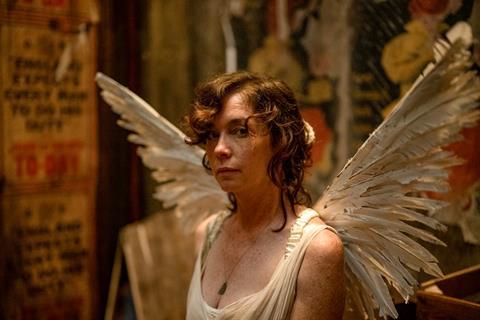
There was also an amazing image of a stuffed giraffe being carried down the street, which I became obsessed with, so there’s a beautiful moment in the pilot where in the background you can see a guy carrying a taxidermied giraffe. These are small moments that feel incredibly surreal and artistic, but are drawn from reality.
In terms of the colour palette and grading style, we looked at the early 20th-century autochrome techniques used to colour in black-and-white photos. This gives us a really strong, concise focus on shades of peach, dusty rose and green, which we use to bring together a sense of period and modernity. I was also keen to lean into the femininity of this colour palette – in a show about women taking on the role of gangster and making it their own, I wanted to avoid the darker tones you often see in gangster shows.
Choosing the right design team was crucial. Production designer Sherree Philips previously studied criminology and she approaches sets as though they are a crime scene. That means every detail and artefact is designed to convey as much information as possible. Meanwhile, costume designer Sophie Canale’s time on Saltburn and Bridgerton meant she could bring experience of period design, but also the progressive, punk energy we wanted.
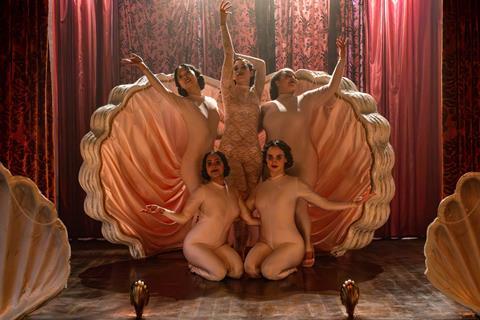
Costume says so much about how a character wants to be perceived, particularly in a period when people had fewer items of clothing – and those they did have were likely to be handmade. The dancer Josephine Baker and others like her were a huge influence – the costumes they created for themselves pushed the boundaries of what women were supposed to wear.
When the series opens, our characters are struggling financially post-war, so they’re being very inventive with their clothes, particularly those they wear to nightclubs. The club itself also starts out fairly makeshift in appearance. As the series progresses and our characters’ fortunes change, the design becomes more luxurious.
I was keen to make sure we distressed the costumes. The world we are portraying has a gritty, dark edge to it, and I find it very frustrating when costumes are clearly freshly made, straight off the hanger and have never really been worn.
Filming constraints
Period costume is very labour-intensive and expensive, which did create some budget constraints. As a result, we had to shoot on a volume stage rather than Trafalgar Square itself, for example. But those financial parameters can also force you to have some very strong rules that contribute to the look of the show. I kept the camera work tight and claustrophobic, so that you really feel you are in those streets with those people – but it also helps hide the fact that we weren’t able to build up the sets beyond a certain level.
Ultimately, it is the cast who bring it all to life. They brilliantly embody our characters – at least partly because our design team have given them these costumes and that beautiful space to step into and feel like they have gone back in time.
- Bad Wolf’s Dope Girls launches on BBC1 soon


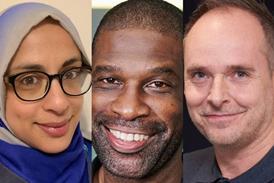





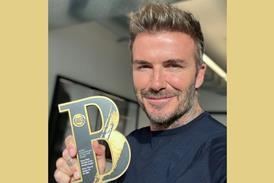

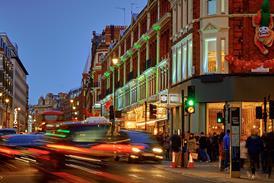

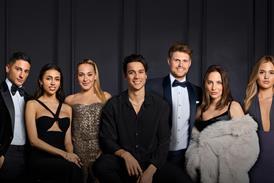
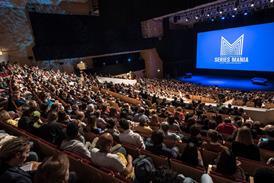
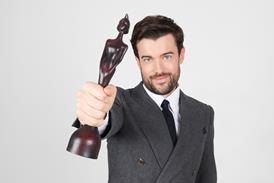
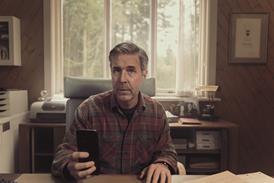
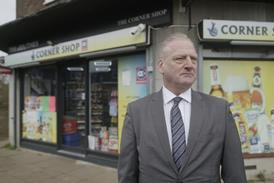



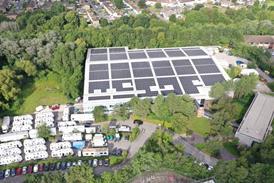
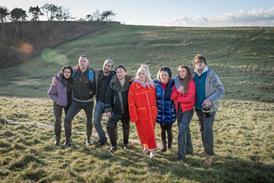
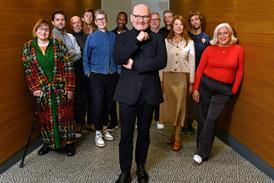
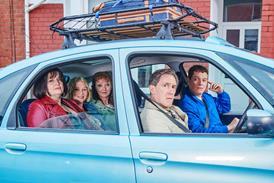
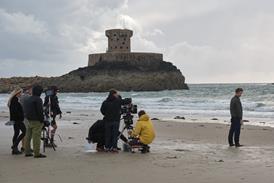









No comments yet